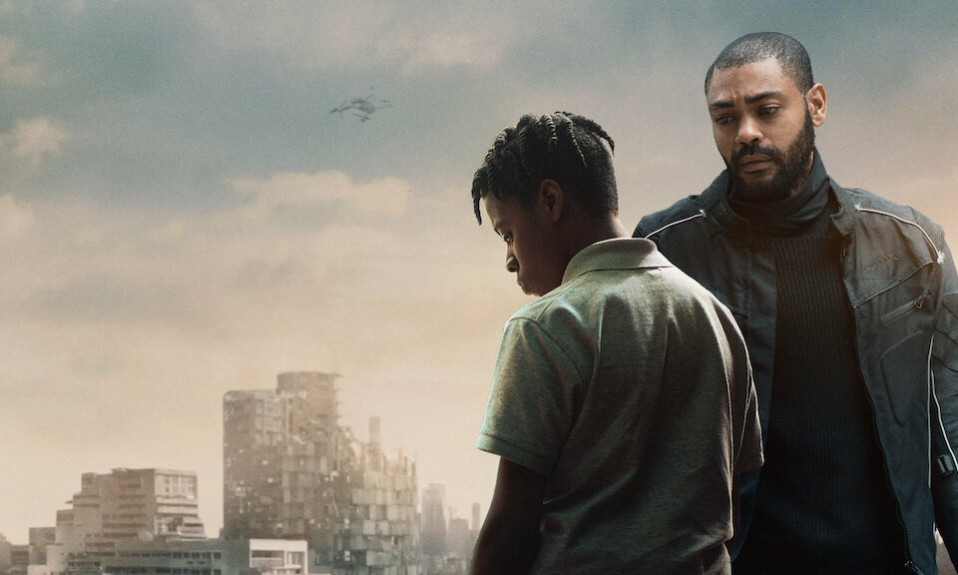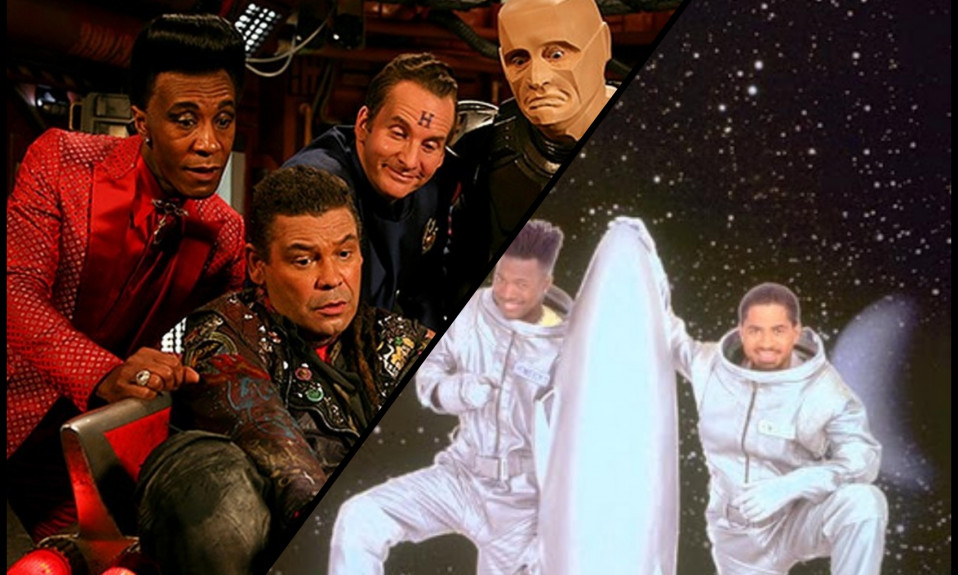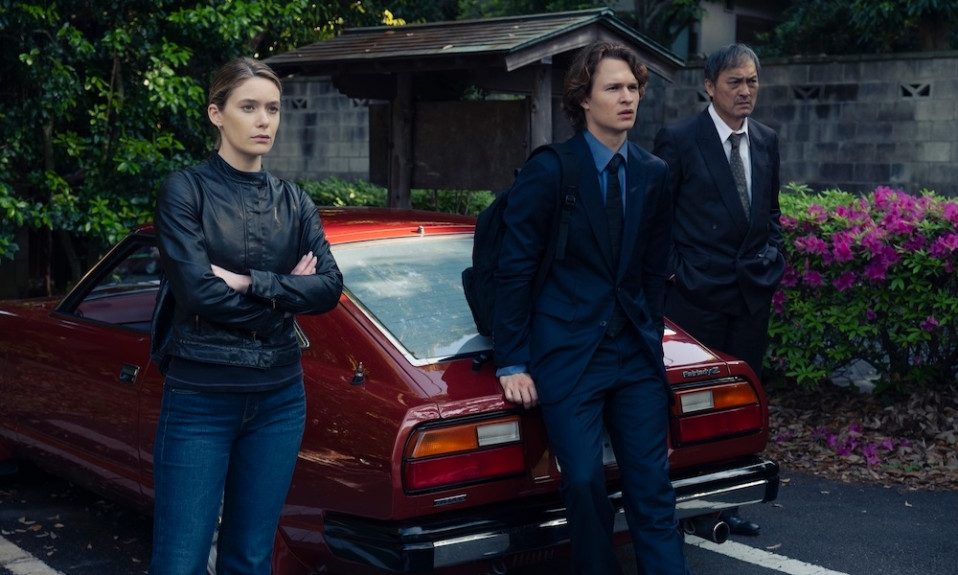Blade Runner is a contender for the greatest and most influential sci-fi film of all time. It is a film that is beloved and admired by many with elements of the story passing into the shared cultural language. This year marks the fortieth anniversary of this classic and so a retro review felt appropriate.
Spoiler Warning – some spoilers for Blade Runner
What’s Going On?
The film is set in 2019 in Los Angeles (2019 being the distant future when it was made) and this is a dark and dull Los Angeles, devoid of the sunlight which is normally associated with the city. Huge skyscrapers fill the city and bright, impossible to ignore, adverts dominate the skyline. It is a depressing place and many people have left Earth and gone to the off-world colonies looking for a better life. The central character is Rick Deckard, employed as a Blade Runner -the colonies rely a lot on the existence of Replicants, artificial creatures virtually indistinguishable from humans made by the Tyrell Corporation and Blade Runners hunt rogue Replicants. Deckard is recruited to track down four very dangerous Replicants who have made their way to Earth searching for a way to increase their tragically short lifespans. On this mission, Deckard finds out more about the replicants and the mysterious Tyrell Corporation leading him to question just about everything.
Behind The Scenes
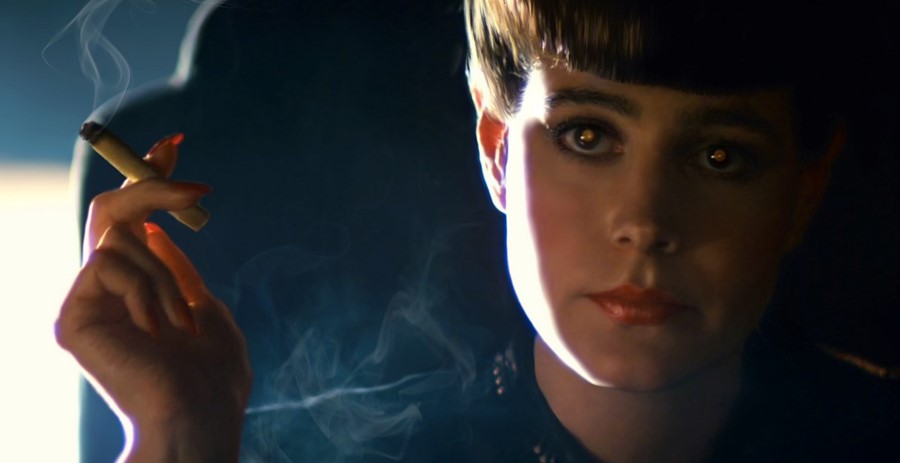
Blade Runner is directed by Ridley Scott and is one of his greatest films. It is a film that has both exquisite, iconic visuals and commentary on the meaning of life. Scott created a template for sci-fi that is still used today. The book the film is based on is called Do Androids Dream of Electric Sheep? by Philip K. Dick, a titan of sci-fi literature who has work has been adapted numerous times (Total Recall, The Man In The High Castle and Minority Report are all based on his books).
In Front Of The Camera
Harrison Ford plays Deckard and in a career of iconic roles, Deckard is a great addition. Ford has a lot of work to do with Deckard, a lot to convey and – depending on which version you watch – without dialogue directly expressing it. Deckard is often overwhelmed, scared and outmatched by the Replicants and Ford portrays this perfectly.
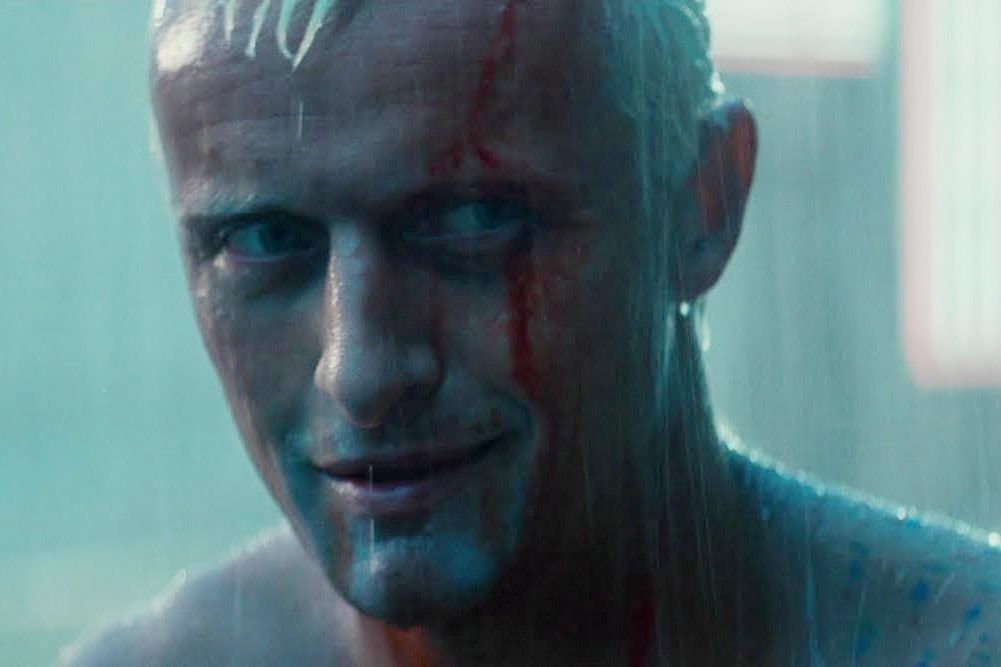
Rutger Hauer’s performance as the leader of the runaway Replicants, Roy Batty, is usually the one most talked about in the film. Batty is charming, intelligent, terrifying, intense, and possessed of a strength and determination that is frightening. Batty’s monologue from the end of the film has gone down in cinema history and this is absolutely the definitive performance of Hauer’s career.
Another great performance is given by Sean Young who plays Rachael, introduced to Deckard as a relative of Dr. Eldon Tyrell. Even more than Ford with Deckard, Young has a very complicated role and does a great job in showing the doubt and terror that she would be going through.
Does It Work?
Blade Runner is a masterpiece of science-fiction that manages to combine shoot-outs between detectives and replicants and profound discussions on the meaning of life and what it means to be human. Batty has come to Earth to find Dr. Eldon Tyrell, his creator, and get more time and it is hard not to sympathise with the Replicants. They have been built to do the difficult, dangerous and unpleasant jobs that humans do not want to do. They are given intelligence, and emotions and are physically indistinguishable from humans yet have no rights whatsoever. But they also kill people, some of whom are innocent of any crime, without a second thought.
When Deckard learns of the Tyrell Corporation’s experiment to give Replicants memories, to make them think they are human, and to make them easier to control, just about everything unravels. How does a person know they are not a Replicant? What truly makes a replicant any different from a person? Rachael at one point asks if Deckard ever “retired” a human by mistake, retired being the term used instead of kill. Deckard says no but by the end of the film this feels like a far more nuanced question – is Batty a human? Or the other Replicants that Deckard has killed? In fact, so similar to humans it requires specialised training and equipment to detect them. It is hard not to come to the conclusion that categorising the Replicants as not human is simply a way to exploit them without the legal and moral issues.
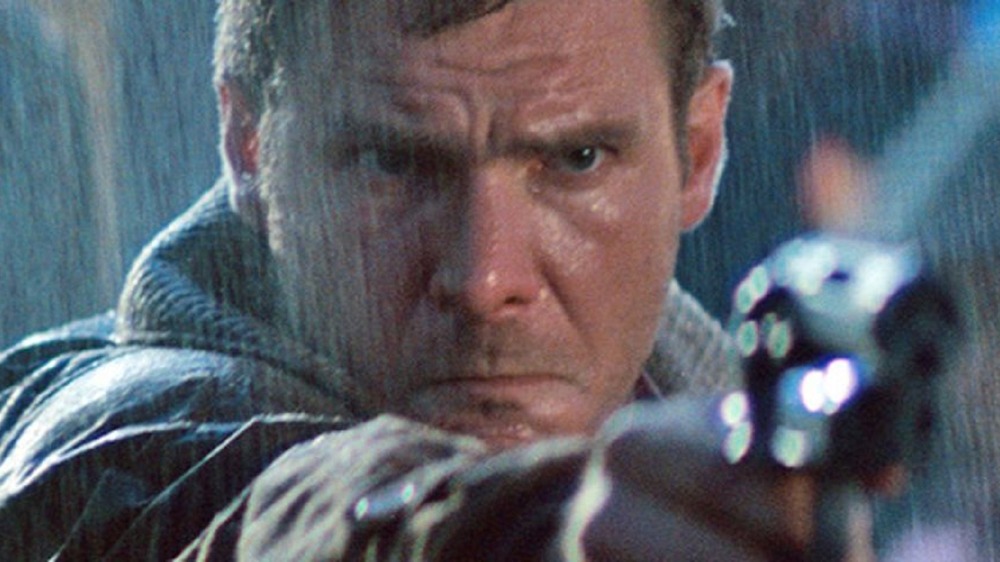
The film is an astonishing piece of work just from how it looks and continues to influence filmmakers today. Harrison Ford was still in the middle of the Star Wars Trilogy when this film came out and the two exist in stark contrast. There is the sci-fi of gleaming spaceships, laser battles and stunning shots of twin suns and there is the sci-fi of a dark and dirty cityscape, with perennial rain, crowded streets, looming towers and oppressive systems.
“I’ve Seen Things You People Wouldn’t Believe”
In short Blade Runner is one of the best films ever made. A film of such cultural and artistic importance it’s worth watching if only to understand the impact it’s had.
Rating:  (5 / 5)
(5 / 5)
Also Read: Harrison Ford: Nerf Herder or the Grave Robber?



